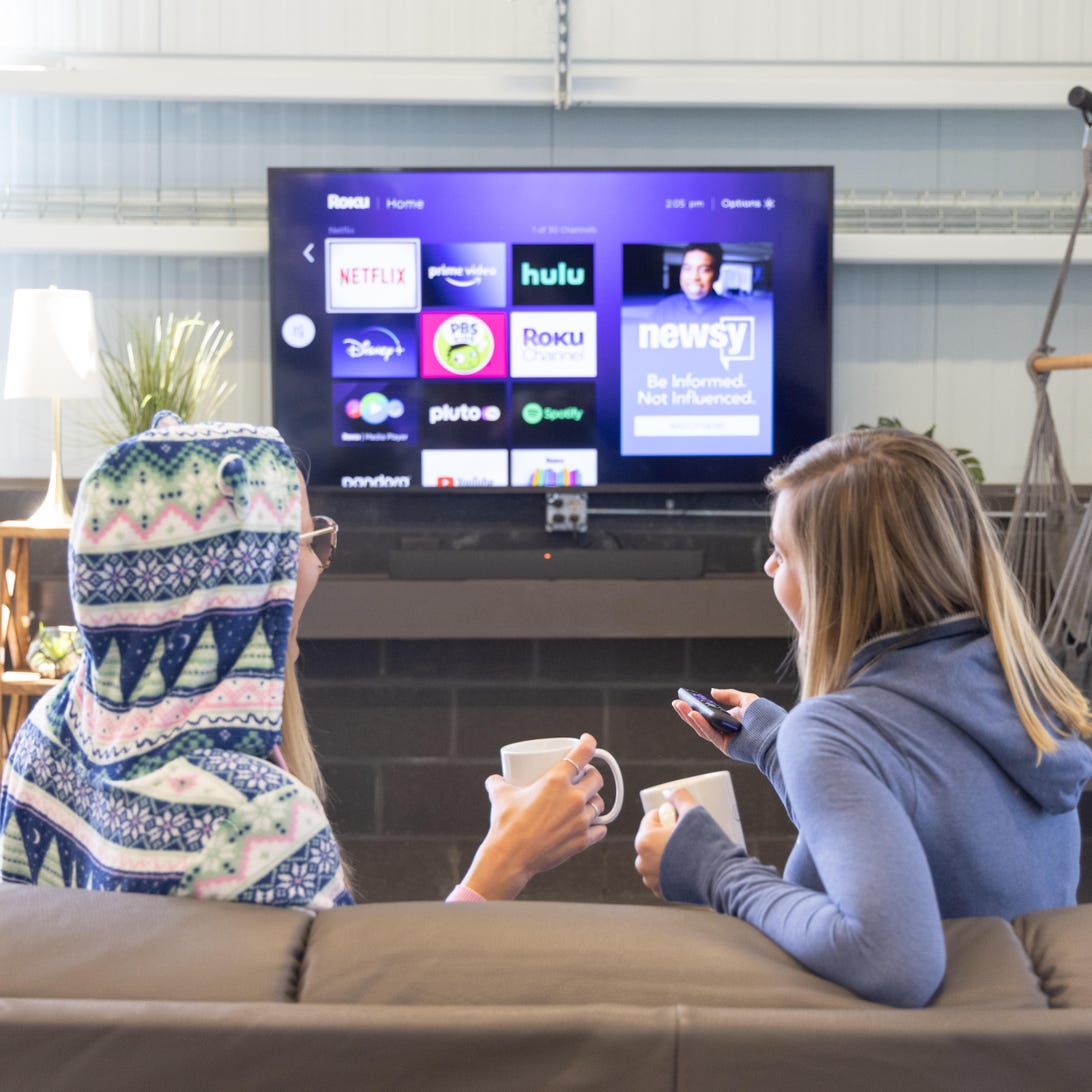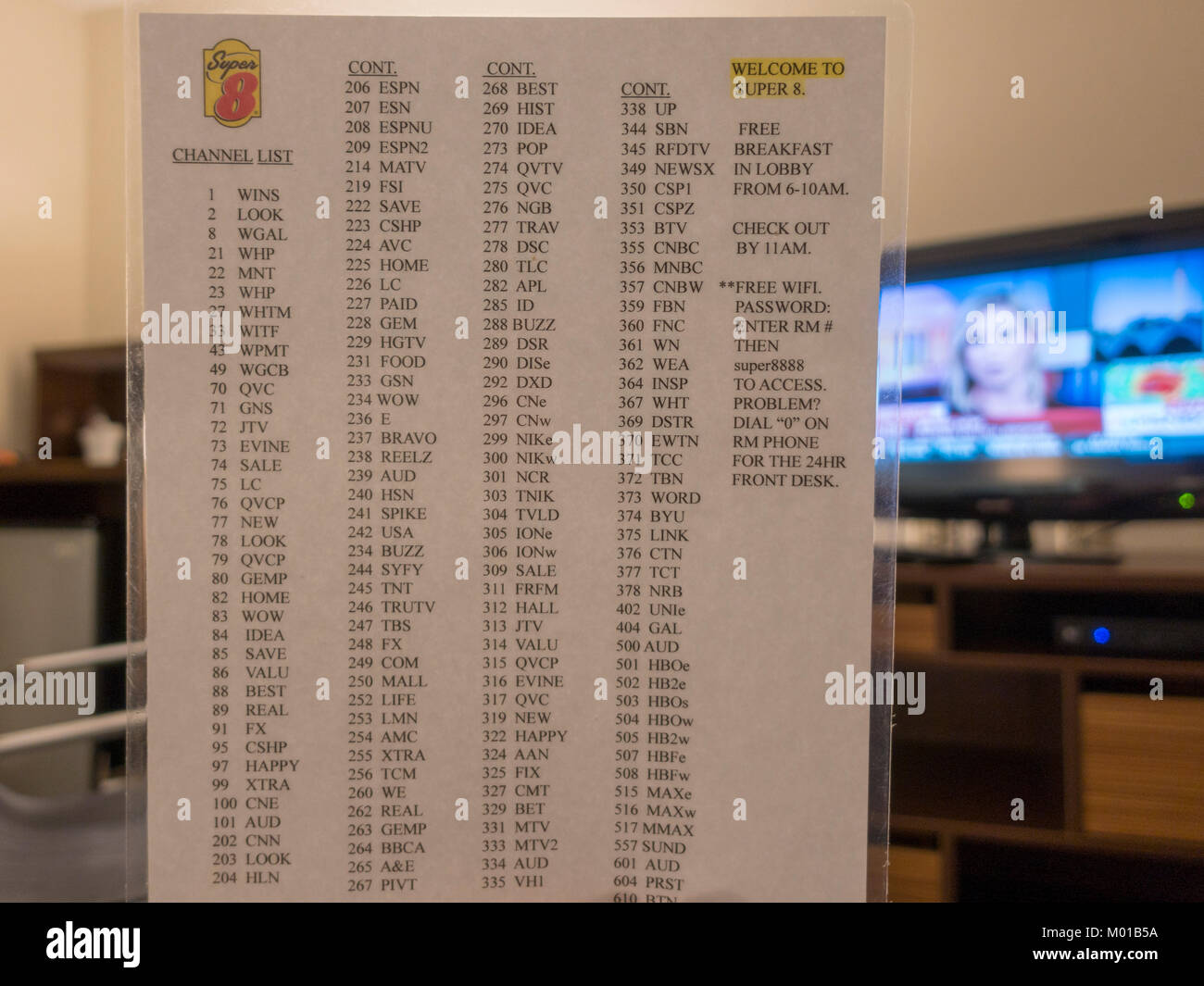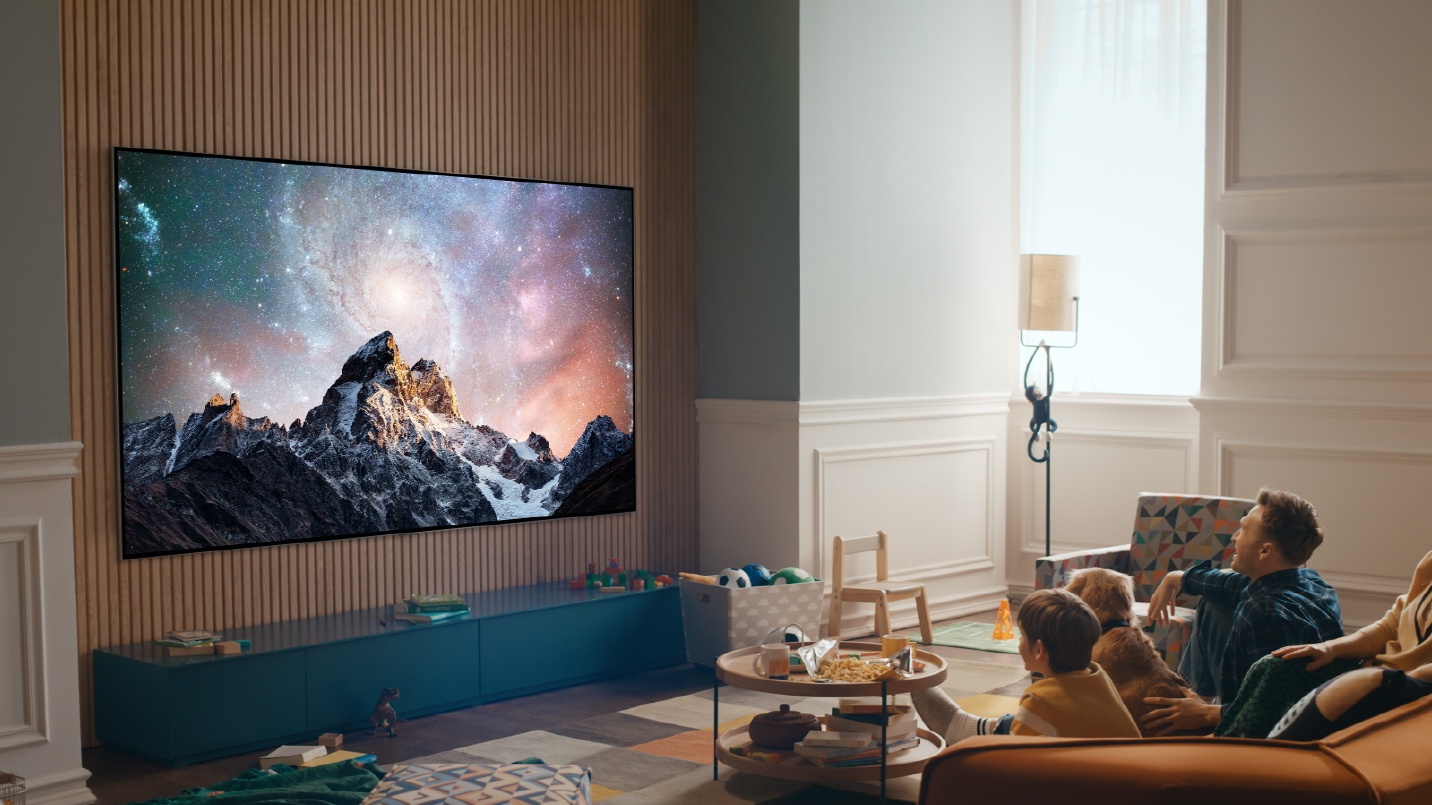The Best Strategy To Use For Apollo Group Tv
Table of ContentsLittle Known Questions About Apollo Group Tv.The Best Guide To Apollo Group TvA Biased View of Apollo Group TvApollo Group Tv Things To Know Before You Buy
In this scenario, instead of having three-minute commercial areas during a 30-minute television program, TV shows might transform to one where a customer will be needed to have a monthly registration, to ensure that they cen view targeted banner ads. This sort of marketing already happens on the web, and the amount of information television business gather permits them to do a lot the same.Clarify the impact of sponsors on program web content. Define the major trends among the broadcasting and cable networks. When tv remained in its early stage, producers designed the new tool on radio. Popular radio reveals such as cops drama Dragnet and western cowboy series Gunsmoke were adapted for tv, and brand-new TV programs were sponsored by solitary marketers, just as radio programs had actually been.
Today, the television industry is much a lot more complex. Programs are funded by multiple marketers; shows is regulated by significant media corporations; and the 3 major networks no much longer control the airwaves but rather share their customers with various cable television networks. Numerous aspects represent these patterns within the market, consisting of technological developments, federal government laws, and the development of new networks.

3 Simple Techniques For Apollo Group Tv
Established in 1969, (PBS) established out of a record by the Carnegie Commission on Educational Tv, which analyzed the duty of academic, noncommercial tv on society. Public television was likewise intended to offer universal accessibility to television for customers in country areas or audiences who can not afford to pay for personal tv services.
The period in between 1950 and 1970 is traditionally recognized as the. Aside from a tiny section of airtime controlled by public television, the 3 major networks (called the Big 3) controlled the television sector, jointly accounting for more than 95 percent of prime-time watching. In 1986, Rupert Murdoch, the head of multinational business News Corp, released the Fox network, testing the dominance of the Big Three.
Targeting young and minority audiences with programs such as Buffy the Vampire Killer, Moesha, Dawson's Creek, and The Wayans Bros., the new networks wanted to draw stations far from their old network associations. Nonetheless, instead of repeating the success of Fox, UPN and WB had a hard time to make an influence. Incapable to attract numerous affiliate stations, both new networks reached fewer households than their larger rivals since they were impossible in some smaller cities.
This choice led the way for the growth of wire flick networks, adding to the exponential growth of cable in the 1980s and 1990s. apollo tv. More deregulation of wire in the 1984 Wire Communications Plan Act got rid of limitations on cord rates, allowing drivers to bill what they wanted for cable services as long as there worked competitors to the solution (a standard that over 90 percent of all cord markets might satisfy)
Fascination About Apollo Group Tv

Having see this website actually produced the first "superstation," Turner broadened his realm by starting 24-hour information network CNN in 1980. At the end of the year, 28 nationwide shows services were offered, and the cord change had actually begun. Over the next decade, the sector underwent a period of fast development and appeal, and by 1994 audiences might pick from 94 basic and 20 costs cable services.
Figure 9 - http://go.bubbl.us/e587da/99ba?/Apollo-Group-TV.16 Boosted competitors from cable television networks has triggered a steady decrease in the networks' target market rankings. During the 1950s, the expense of producing a solitary tv show boosted as programs became longer and manufacturing costs skyrocketed. Sponsorship on network television moved from single sponsorship, in which a program was completely supported and created by one advertiser, to multiple sponsorship, in which advertisers purchased 1- or 2-minute spots on the program
Select one of the Big Four networks and print out its weekly programs routine. Enjoy the network's prime-time programs over the program of a week, keeping in mind the target group for each program.
How Apollo Group Tv can Save You Time, Stress, and Money.

Direct television, usually referred to as conventional program television, incorporates cable and satellite television. It's called "straight" due to the fact that material adheres to an established programming routine, unlike on-demand web content which the individual audience makes a decision to watch based upon their very own choices and timetable. When you ask, "What is direct TV?", consider it as the classic way of seeing TV that has actually been around for years.